Žabljak Crnojević fortress adorns the Morača river valley with its history
Montenegro is rich in medieval fortresses that bear witness to its turbulent history, and the area around Skadar Lake hides many such gems. Among these fortresses, the Žabljak Crnojevića fortress stands out, located on the northern shore of the lake, more precisely at the mouth of the Morača River, and provides insight into the strategic importance of this area throughout the centuries.
It is located about 15 kilometers southeast of Podgorica and can be reached by local roads that lead through picturesque villages and landscapes characteristic of the Montenegrin interior. Although the road is not marked with tourist signs, adventurers will be amply rewarded with views of untouched nature and authentic architecture.
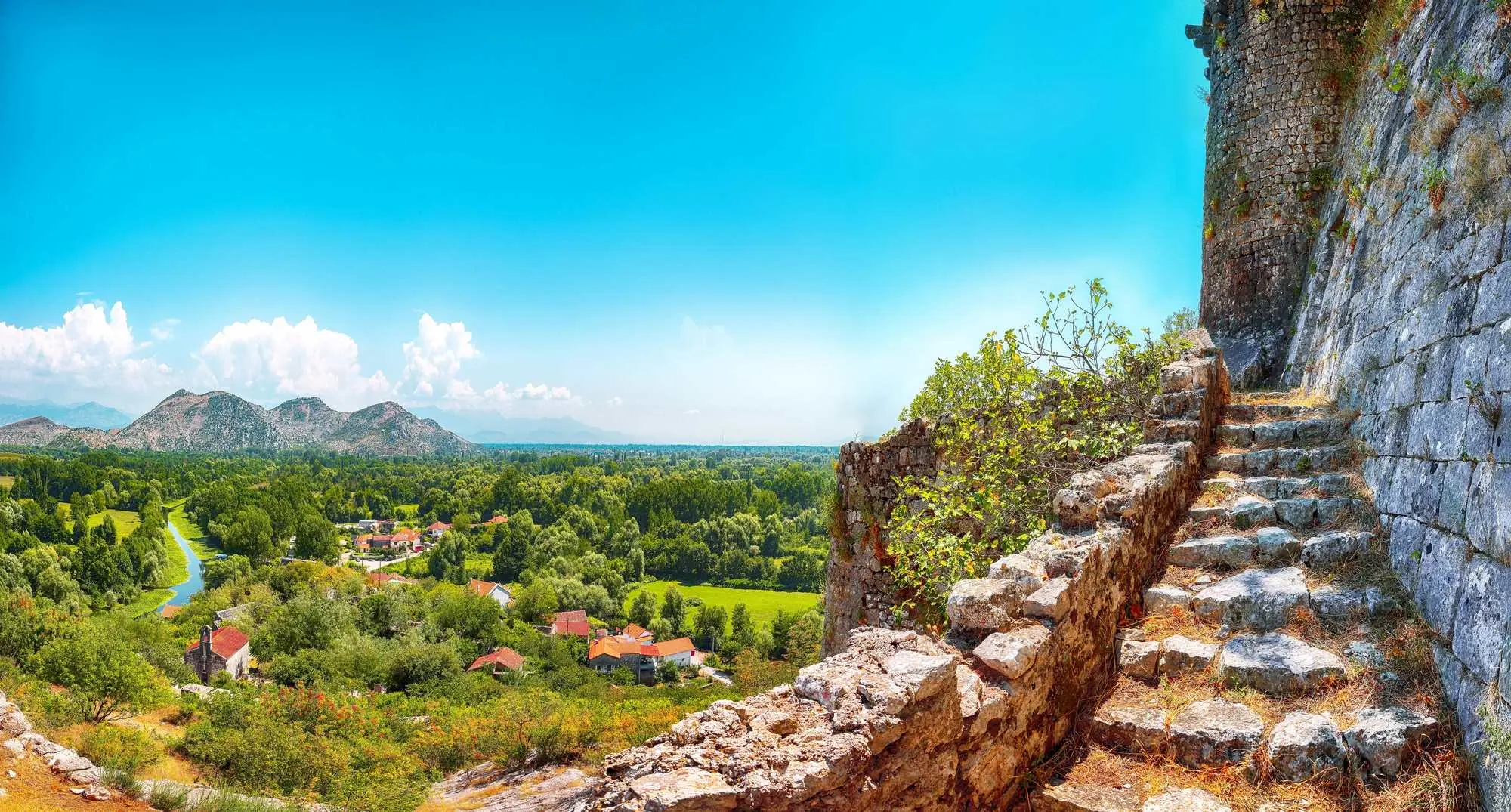
Žabljak Crnojevića, Photo: Pilat666 Depositphotos
It is believed that the history of Žabljak Crnojević goes back to the 10th century, during the rule of the Vojislavljević dynasty in what was then Doclea. However, the first written mention of the fortress dates from the middle of the 14th century.
We learn that in the second half of the 15th century, more precisely from 1466 to 1478, Žabljak was the capital of Zeta under the rule of the Crnojević dynasty, with princes Stefan and Ivan Crnojević at the head. However, in 1478, during the Ottoman expansion, the Turks captured the fort, forcing Ivan Crnojević to move the capital.
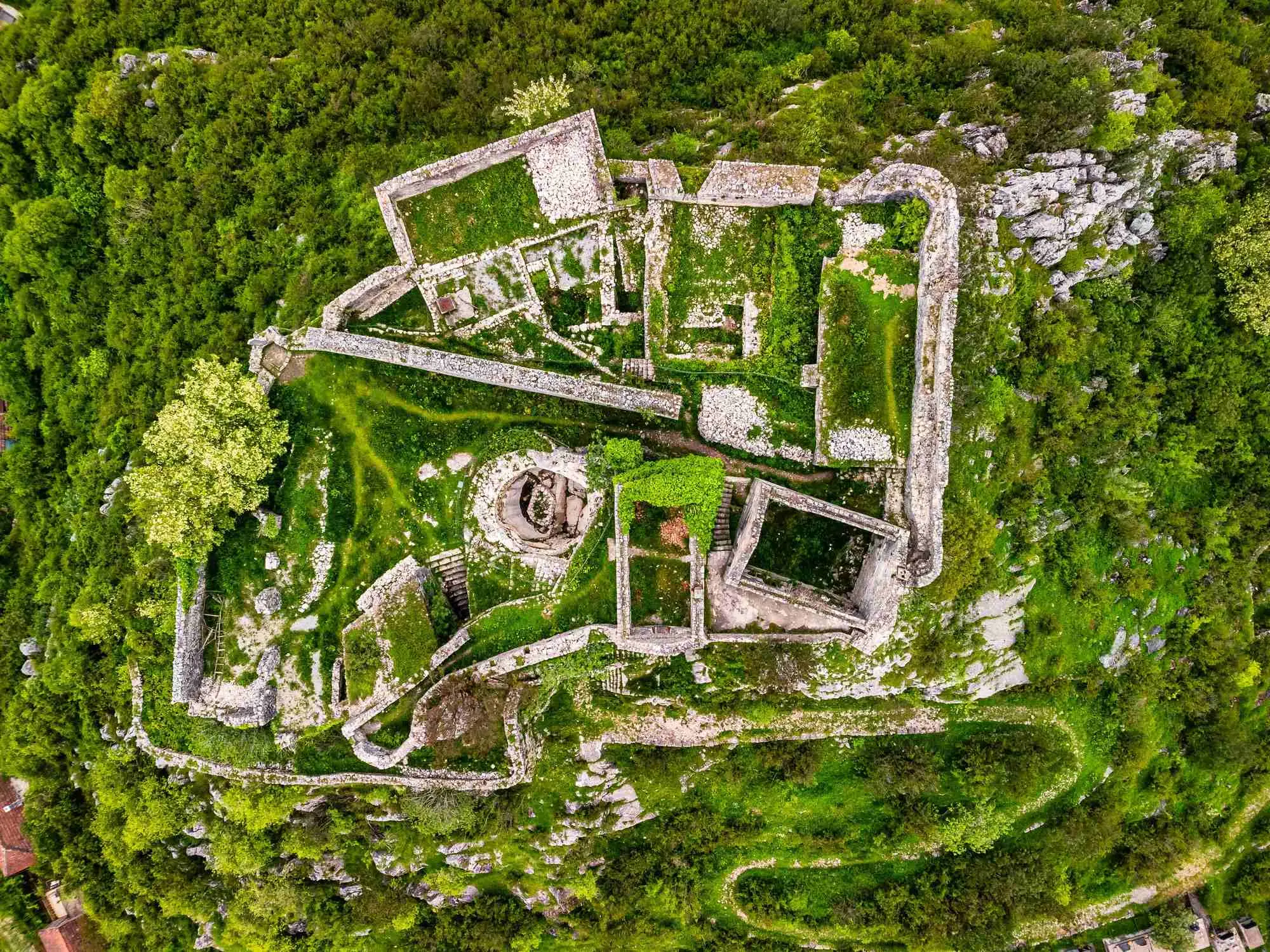
Žabljak Crnojevića, Photo: wirestock_creators, Depositphotos
During Ottoman rule, which lasted for almost 400 years, the fortress retained its strategic importance. Within the walls were the palace of Ivan Crnojević and the church of St. George, which was converted into a mosque during Ottoman rule. The fortress’s architecture shows Venetian influences from earlier periods as well as Turkish influences from the period of their domination.
IT IS INTERESTING TO NOTE THAT AT THE BEGINNING OF THE 17TH CENTURY THE FORTRESS HAD ONLY ONE INHABITANT, THE TURKISH OFFICIAL DIZDAR AGA.
In 1878, after the decisions of the Congress of Berlin, Žabljak Crnojevića once again belonged to Montenegro, thus ending centuries of Ottoman rule. Today, the fort stands as a monument to the rich history and culture of this area, attracting visitors who want to feel the spirit of the past and enjoy the panoramic view of the lake.
Near Žabljak is the Lesendro fortress, located on the island of the same name on Lake Skadar. Built-in the 18th century, Lesendro served as a defense against Turkish attacks and ensured unhindered fishing and trade. Like Žabljak, Lesendro was liberated from the Ottomans in 1878, which testifies to the importance of this area in the fight for freedom and preservation of Montenegrin territory.
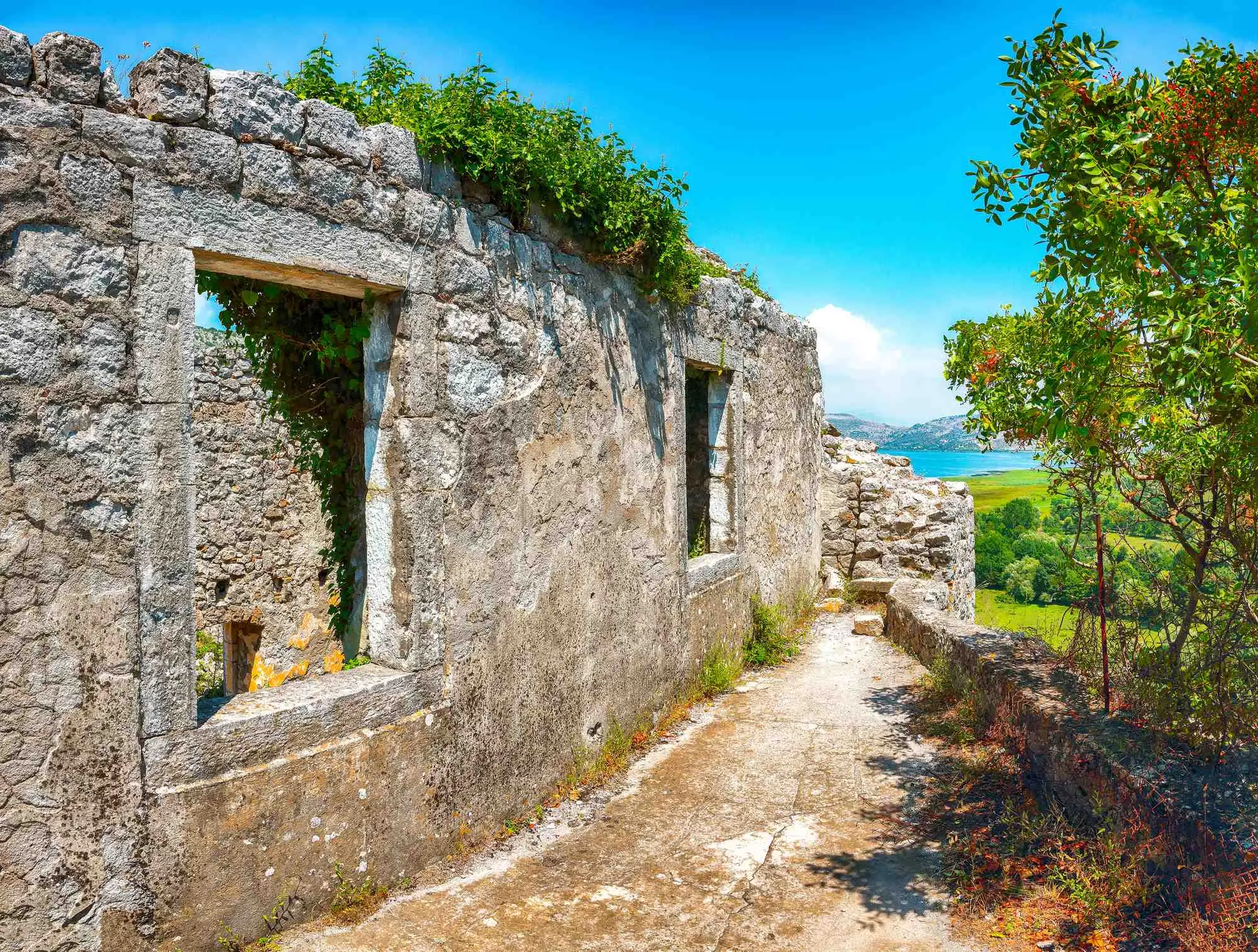
Žabljak Crnojevića, Photo: Pilat666 Depositphotos
Today, these fortresses are symbols of Montenegrin endurance and struggle through the centuries. Visitors can explore the remains of walls, towers, and other structures that tell stories of times gone by while enjoying the magical view of the Morača River Valley. In addition to its historical significance, the area around Lake Skadar also offers natural beauty, such as rich flora and fauna, making it ideal for nature and history lovers. Be sure to visit.
Lake Skadar: serene waters, lush landscapes and remarkable biodiversity

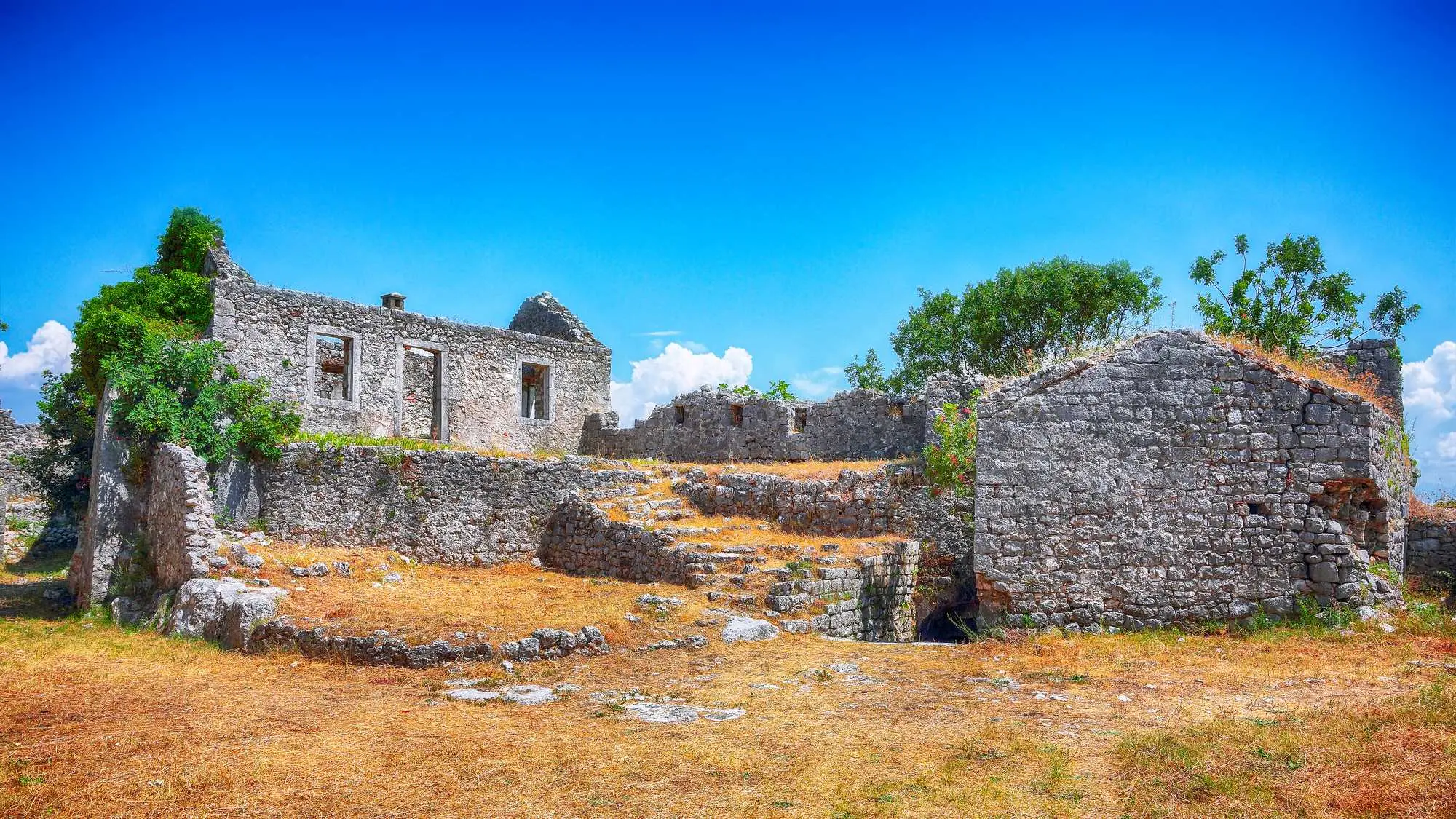
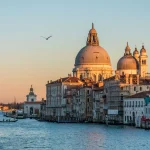

Leave a Reply